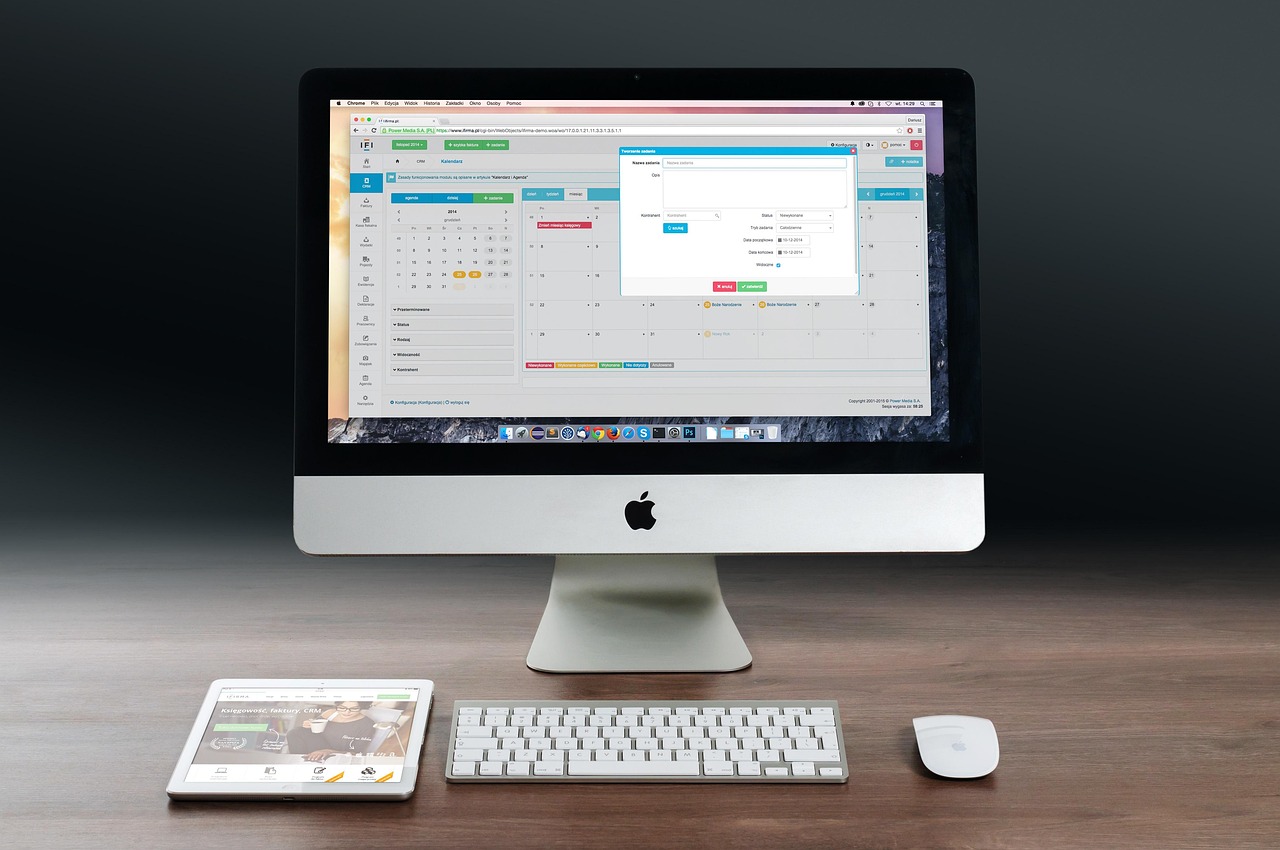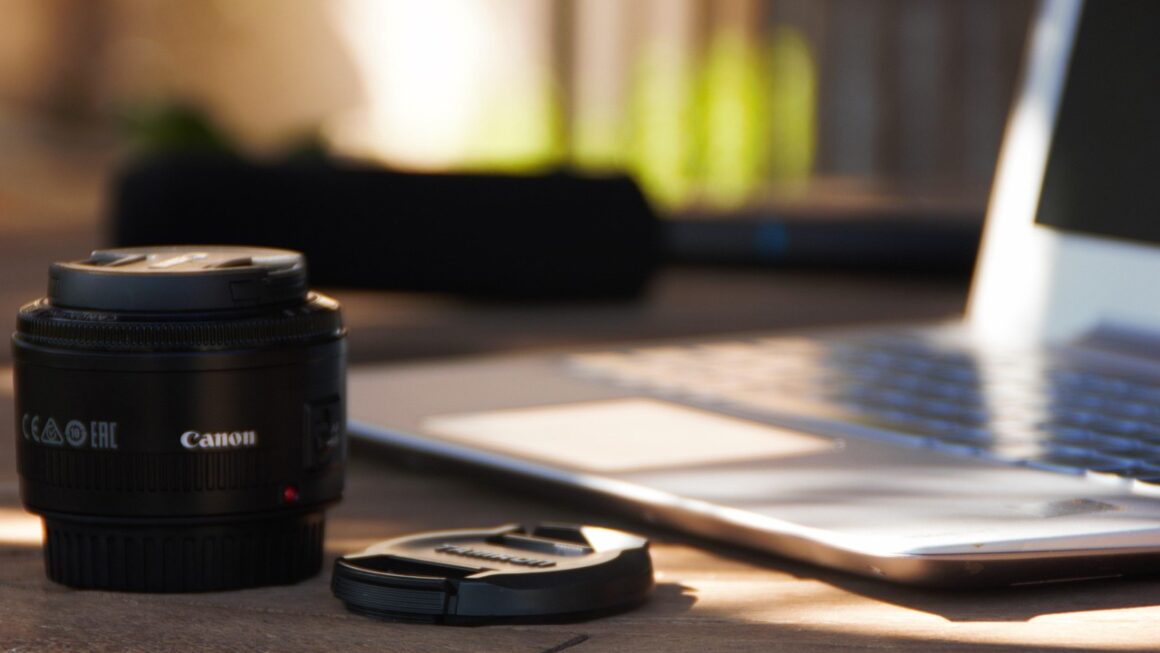The world of art is evolving at warp speed, and with it, so are the opportunities for artists and entrepreneurs alike. Artificial intelligence is no longer a futuristic concept; it’s a powerful tool transforming creative industries. This means a whole new landscape is opening up: AI art freelancing. Whether you’re a seasoned artist looking to diversify or a tech-savvy individual with an eye for aesthetics, offering AI art services can be a lucrative and exciting career path.
Understanding the AI Art Freelance Landscape
What is AI Art, Exactly?
AI art, in its simplest form, is art created using artificial intelligence algorithms. These algorithms, often machine learning models, are trained on vast datasets of images, styles, and patterns. By inputting specific prompts, keywords, or reference images, users can instruct the AI to generate unique and original artworks.
Examples include:
- Text-to-Image Generation: Turning descriptive text into visually stunning images. Think “a cyberpunk city at sunset” becoming a vibrant digital painting.
- Style Transfer: Applying the style of one image to another. Imagine transforming a photograph into a Van Gogh painting.
- Image Enhancement and Manipulation: Refining existing images using AI-powered tools for upscaling, removing noise, or adding creative effects.
The Growing Demand for AI Art
The demand for AI art is surging. Businesses are using it for:
- Marketing and Advertising: Creating eye-catching visuals for campaigns.
- Content Creation: Generating unique graphics for websites, social media, and blogs.
- Game Development: Designing concept art, textures, and assets.
- NFT Creation: Minting and selling AI-generated art as Non-Fungible Tokens.
Statistics show a significant increase in the use of AI tools for art generation in recent years, with projections indicating continued growth in the coming years. This creates a ripe market for freelancers skilled in leveraging these technologies.
Key Skills for AI Art Freelancers
Success in AI art freelancing requires a blend of technical skills and artistic sensibilities:
- Proficiency with AI Art Generators: Understanding and mastering platforms like Midjourney, DALL-E 2, Stable Diffusion, and others is crucial. Each has its strengths and weaknesses.
- Prompt Engineering: Crafting effective prompts to guide the AI toward desired outcomes. This is often considered an art in itself!
- Image Editing Skills: Using software like Photoshop or GIMP to refine and enhance AI-generated images.
- Artistic Knowledge: Understanding composition, color theory, and art styles to create visually appealing and impactful artwork.
- Communication Skills: Effectively communicating with clients to understand their needs and deliver satisfying results.
Getting Started with AI Art Freelancing
Choosing Your Niche
Don’t try to be everything to everyone. Focusing on a specific niche can help you stand out and attract clients.
Possible niches include:
- AI-Generated Logos and Branding: Creating unique and memorable logos for businesses.
- AI-Powered Portrait Art: Generating personalized portraits from photographs.
- AI-Created Book Covers: Designing captivating covers for authors and publishers.
- AI-Generated NFT Art: Creating collectible digital art for the NFT marketplace.
- AI-Assisted Game Asset Creation: Providing textures, models, and concept art for game developers.
Building Your Portfolio
A strong portfolio is essential for showcasing your skills and attracting clients. Here’s how to build one:
- Experiment with different AI art generators and techniques. Create a diverse range of images to demonstrate your versatility.
- Create sample projects that address common client needs. Think about the types of requests you’re likely to receive and proactively create examples.
- Showcase your image editing skills. Highlight your ability to refine and enhance AI-generated images.
- Present your work professionally on platforms like Behance, ArtStation, or your own website.
- Include testimonials from satisfied clients (if you have any).
Setting Up Your Freelance Business
- Choose a business name and create a logo. This will help you establish a professional brand.
- Create a website or online portfolio. This is your digital storefront.
- Set up social media profiles. Use platforms like Instagram, Twitter, and LinkedIn to promote your work.
- Determine your pricing structure. Research market rates and consider factors like complexity, turnaround time, and licensing rights.
- Create templates for proposals, contracts, and invoices. Streamline your workflow and protect your interests.
Finding Clients and Marketing Your Services
Online Freelance Platforms
Platforms like Upwork, Fiverr, and PeoplePerHour are great starting points for finding clients.
- Create a compelling profile that highlights your AI art skills and experience.
- Showcase your best work in your portfolio.
- Actively search for AI art-related job postings.
- Tailor your proposals to each specific project. Demonstrate that you understand the client’s needs.
- Build positive relationships with clients by providing excellent service.
Networking and Outreach
- Connect with other artists, designers, and businesses on social media.
- Participate in online communities and forums related to AI art.
- Attend industry events and conferences (both online and in-person).
- Reach out to potential clients directly via email or LinkedIn.
- Offer free samples or discounts to attract new clients.
Content Marketing
- Create blog posts, articles, or videos showcasing your AI art skills and expertise.
- Share your work on social media platforms like Instagram, Twitter, and Pinterest.
- Use relevant hashtags to reach a wider audience.
- Offer valuable content, such as tutorials or tips on using AI art generators.
- Run contests or giveaways to generate engagement and attract new followers.
Legal and Ethical Considerations
Copyright and Ownership
AI-generated art raises complex questions about copyright and ownership.
- Understand the terms of service of the AI art generators you use. Some platforms grant you ownership of the generated images, while others retain certain rights.
- Clearly define the ownership rights in your contracts with clients.
- Be transparent about the use of AI in your artwork.
- Consider using blockchain technology to register and protect your artwork.
Ethical Considerations
- Avoid using AI to create artwork that is harmful, discriminatory, or offensive.
- Respect the intellectual property rights of others. Do not use AI to plagiarize or infringe on existing artwork.
- Be mindful of the environmental impact of AI art generation. Training large AI models requires significant computing power, which can contribute to carbon emissions.
- Consider the impact of AI on human artists. Support initiatives that promote the ethical and responsible use of AI in the arts.
Conclusion
AI art freelancing represents a significant opportunity for creative individuals to leverage cutting-edge technology and build a thriving career. By understanding the landscape, developing essential skills, building a strong portfolio, and marketing your services effectively, you can position yourself for success in this exciting field. Remember to stay informed about the evolving legal and ethical considerations and always strive to create artwork that is both innovative and responsible. The future of art is here, and it’s being shaped by the power of artificial intelligence – are you ready to be a part of it?




